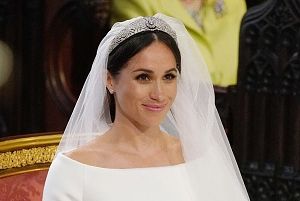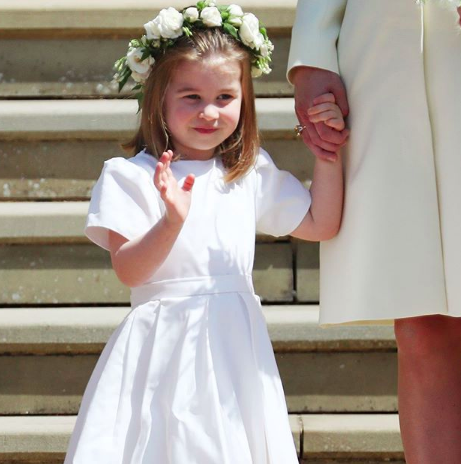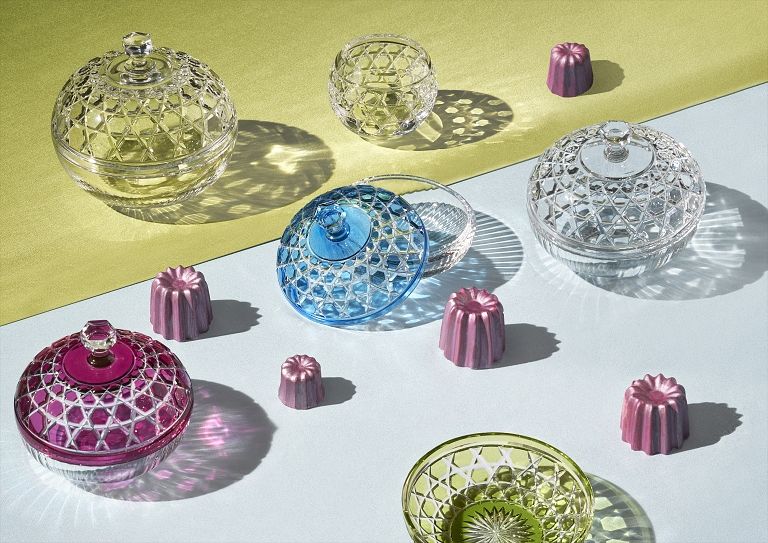
She married into the royal family, in a castle outside London, in a wedding paid for by the Windsors. And yet, Meghan Markle—excuse me, the newly-minted Duchess of Sussex—was not to be subsumed by the monarchy on her and Prince Harry’s big day.
After “having to” retire from acting, shutter her Goop-esque lifestyle site The Tig, take down her personal Instagram (the ultimate horror) and be baptized into the Church of England, some might have reasonably worried that Meghan—the groundbreaking divorced, biracial American bride—might have signed her freedom over to The Firm and lost herself at the royal wedding. On the contrary, amid the pomp and circumstance, there were personal touches that seemed to scream “Meghan.” Let us count the ways.
Meghan’s mother, Doria Ragland, rode with her to the ceremony.
In something of a departure from the tradition of royal brides riding to the ceremony with only their fathers, Markle asked her mom to join her on the scenic Rolls-Royce ride from Cliveden House to St. George’s Chapel. (This was the plan even before her dad, He Who Shall Not Be Named, sparked a paparazzi scandal and ended up not attending). And if you thought Doria was going to take out her nose ring for the occasion, think again. Ms. Ragland, I bow down.
The bride walked down part of the aisle alone.
The 36-year-old humanitarian made more royal history with her decision to walk unescorted (read: without a man to hold on to) down the St. George’s Chapel “nave” before meeting her father-in-law, Prince Charles, to precess down the “Quire” to Prince Harry. (“Nave,” “Quire:” Let us pause and give thanks for so many glorious British words.)
It’s being heralded as a bold feminist move—which has elicited eye rolls from some, given the whole uprooting your life to marry a prince factor. But to those eye rollers, I say: you can be a fierce feminist and still be married (*raises hand.*) And no matter what you think of Markle, it takes serious guts to walk alone down the nave in stilettos while the whole world is watching.
Reverend Michael Curry, the first black bishop of the Episcopal church, gave a powerful sermon.
It’s not every royal wedding that an African-American bishop quotes Martin Luther King Jr., calls on the African-American spiritual “There is a Balm in Gilead,” and references slavery in the antebellum South. Indeed, it was the first time an American bishop spoke at a royal wedding, in what would seem a clear homage to the bride and her family. It was an especially American moment when Rev. Curry passionately, emotionally, in plain, unstuffy English, extolled the power of love.
“Anyone who has ever fallen in love, knows what I mean . . . think about love in any form or experience of it. It actually feels good to be loved, and to express love. There is something right about it.”
Cue the uncomfortable British glances. As journalist James Ball joked on Twitter: “It should be noted for U.S. audiences that expressing emotion in a Church of England service is technically heresy.” Perhaps, as writer and Huffington Post Women editor Emma Gray added on Twitter, it was just the breath of fresh air that the stiff-upper-lipped, largely white royal wedding crowd needed.
Karen Gibson and the Kingdom Choir sang Ben E. King’s classic “Stand By Me.”
One would think it wasn’t Prince Charles’s idea, but perhaps a credit to the bride (and maybe the groom, too) that a gospel choir, with the voices of true angels, sang the American tune—and much-used wedding song—“Stand By Me.”
Do note, though, that, as Time wrote today, “its lyrics also pack a deep political message. When ‘Stand By Me’ first rose to popularity during the civil rights movement, it was used as a rallying cry for solidarity amongst people of color.”
Here’s hoping these are all signs that Duchess Meghan will continue to have a voice, and hold on to her identity, as an official member of the monarchy.
—Michelle Ruiz












